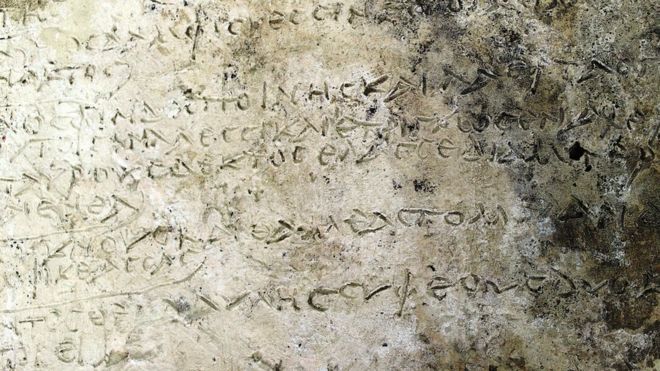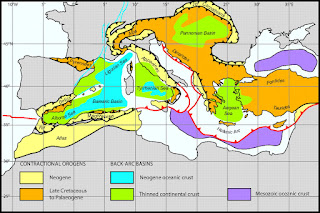obyvatel
The Living Force
voyageur said:Cited as being 1700 years old. Note sure what to make of this:
For instance, The text referring to "The Odyssey" tells a legendary story of ancient drug use: Helen of Troy, for whom the Trojan War had been fought, gives her guests a drug (possibly opium) that "takes away grief and anger, and brings forgetfulness of every ill," the text reads. "Whoever should drink this down when it is mixed in the bowl would not let fall a tear down his cheek in the course of that day at least. Imitate." The word "imitate" appears to indicate the students should copy the passage in some way. Ancient records say that some people believed this passage had a magical quality to it that could calm young people.
Which reminded me again of this Pythagoras paragraph:
The favorite method of healing among the Pythagoreans was by the aid of poultices. These people also knew the magic properties of vast numbers of plants. Pythagoras highly esteemed the medicinal properties of the sea onion, and he is said to have written an entire volume on the subject. Such a work, however, is not known at the present time. Pythagoras discovered that music had great therapeutic power and he prepared special harmonies for various diseases. He apparently experimented also with color, attaining considerable success. One of his unique curative processes resulted from his discovery of the healing value of certain verses from the Odyssey and the Iliad of Homer. These he caused to be read to persons suffering from certain ailments…
Hexameter verse recitation is known to bring about synchronization of breathing and heart rate as described in this paper here
Oscillations of heart rate and respiration synchronize during poetry recitation.
Cardiorespiratory synchronization, especially during sleep, is known to correlate with vagal activity, replenishment of energy at the neuronal level, activity of neurotransmitters and signaling from the older parts of the brain like the brain stem and hypothalamus. Overall, it seems that cardiorespiratory synchronization has an effect on health and well-being. This is perhaps a component of the Pythagorean discovery of using verses from Iliad and Odyssey for healing people from certain ailments.




